Common Terminologies used within Lean Study
Common Terminologies used within Lean Study
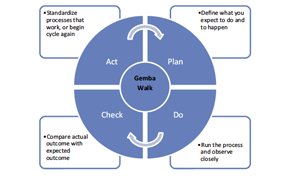
5S
5S is a methodology for organizing the workplace. It is based on a five step process. The initials stand for five Japanese words that do not have exact translations, but a common attempt is:
SEIRI Sort: eliminate clutter and discard items that are not needed regularly. Items not immediately required are ‘red tagged’ and moved to a holding area. After a period of time the items that have not been used are discarded, or removed to a separate store.
SEITON Set in Order: organize the work area. This can include shelves, cabinets, shadow boards and so on. Everything should have a place, and it an item is missing it should be apparent.
SEISO Shine: Clean the work area. Cleaning should then become a regular activity.
SEIKETSU Standardize: Determine the ‘best practice’ and standardized it
SHITSUKE Sustain (or Self Discipline): Continue to keep the workplace clean and organized. Everybody should get into the habit of doing their ’5S’ duties daily, leaving their workplace clean and tidy when they knock off.
5S is an excellent starting point for process improvement. The organization gets a significant efficiency benefit for little cost, it also encourages ‘systems thinking’. Managers and employees may be resistant at first, but nobody can argue with the logic because we all know that keeping up with the ‘housekeeping’ saves time in the long run. This can be the foundation for a systems approach.
Andons
The use of lights as visual signals. Lights with three colors, red amber and green are often used. Green is normal operations, amber means routine action required, red means abnormal action, immediate attentions.
For example an andon might be used to trigger material replenishment. Green means no action, amber means time to replenish and red means stockout, immediate action required.
Cycle Time
The time from the beginning to the end of the process, It includes move, queue and process time:
Kaizen
Kaizen is a process of continuous improvement. Normally processes become less efficient, and produce lower quality, as the machinery and equipment ages. The idea of Kaizen is to not only maintain the equipment to keep it as good as new, but to continue to make minor modifications that tailor it better to the process, for example making it interface better with upstream and downstream handling, part supplies and so on.
The workforce should be involved in Kaizen improvements through suggestion schemes and team based activities.
Kaizen Blitz
Kaizen is long term continuous improvement. Kaizen Blitz is a version that involves a highly focused effort that lasts around a week. It involves everybody in the section/department, and may involve stopping production.
Kanban
A kanban system is a ‘pull’ system of production as opposed to the traditional ‘push’ system. Products are made in small batches to meet the immediate demand. Typically each batch will only be sufficient for a few hours of consumption,
The Kanban is typically a card that authorizes production. When a batch is made the kanban travels with the batch to the next production stage. When that production stage starts to use the batch the kanban is returned to the producing station, thus authorizing the next batch.
If a producing station does not have any kanbans it does not produce anything. Thus if demand slows down, or even stops, the production rate will slow down or stop. The producing station will not continue to produce to ‘get ahead’. The kanban system reduces inventory and forces stations to be more efficient, responsive and achieve faster changeovers.
The use of small batches achieves a more regular flow of work and thus actually reduces the amount of stockouts.
The system described is a simple ‘single card’ systems. There are more complicated variations on this.
These Common Terminologies used within Lean Study will help you get a basic understanding of what is Lean
Lean Manufacturing
Lean manufacturing is a system of production based on eliminating ‘muda’, the term meaning waste in its broadest interpretation.
Lean manufacturing involves:
eliminating defects, achieving perfect first pass quality
eliminating all non-value adding activities
continuous improvement (kaizen)
using pull systems of production (e.g. kanban)
flexibility, ability for quick changeovers and immediate response to changes in demand
long term relationships with suppliers involving strong and open communication
Muda
Waste in its broadest sense. The seven wastes of manufacturing are:
1.overproduction
2.waiting
3.transporting
4.inappropriate processing
5.unnecessary inventory
6.unnecessary and excess motion
7.defects
Pull System
A Pull System is a type of production system in which production is triggered by demand. Usually when an item, or small batch of items, is ‘consumed’ a kanban triggers replenishment. Kanbans ‘pull’ product through each stage of production.
This differs from a traditional ‘push’ system where production is scheduled to meet anticipated demand, and then ‘pushed’ through production.
Spaghetti Diagram
A diagram that shows the movement (usually of people) during a process. Its purpose is to identify potential improvements to the layout to remove unnecessary movement:
I prefer a string diagram that marks out the layout with colored string (I like embroidery thread) wrapped around drawing pins; it gives a more striking visual impression.
Standard Work
Standard Work is work in which the sequence of job elements has been efficiently organized and is repeatedly followed by a team member. It is an important prerequisite for successful implementation of Kaizen and many other aspects of Six Sigma.
The aim is to synchronize takt time and cycle time. Takt time is daily operating time divided by the required quantity per day. Cycle time is the actual time the process takes.
Takt Time
The time interval between consecutive items in a production system necessary to meet customer demand.
If the daily customer demand is 40 items and there are 400 minutes of production time then the takt time is 10 minutes.
The takt time is the ‘heartbeat’ for a Just In Time production system (‘takt’ is the German word for a conductor’s baton). The idea is that production should be paced to produce one item every ten minutes rather than periodic batches.
Theory of Constraints
An alternative type of system to a Kanban system. The Theory of Constraints is based on the idea that any production system has one or more ‘bottlenecks’ that limit the output. Increasing the capacity of any work station, other than a bottleneck, serves no purpose.
TOC was developed by Eli Goldratt who wrote a book called ‘The Goal’ to illustrate its operation. He used the analogy of a group of schoolboys on a long and hard walk to an overnight camp. One fat child lagged behind and the others had to keep stopping whilst he caught up. Eventually the leader (the author) realized that sometimes the fat boy had to wait in a queue when the group had to negotiate a section that could only be taken one at a time. It was better to put the fat boy at the front where his progress was never impeded. They also inspected the fat boy’s rucksack and found it overweight and full of unnecessary items that they either discarded or distributed to the fitter members. (hope I haven’t spoiled the book for you)
Total Productive Maintenance
Maintenance methods include:
Breakdown Maintenance: Fixing things when they break
Preventative Maintenance: Preventative maintenance includes both periodic maintenance (at regular intervals, as with a car) and Predictive maintenance, which monitors the condition of parts in order to use them to the end of their service life
Corrective Maintenance: Improving equipment so that preventative maintenance can be carried out reliably
Maintenance Prevention: Studying existing machines and designing out the prevent failure, make maintenance easier and prevent defects.
Total Productive maintenance draws on the methods above, but is based on the principles of lean manufacturing, including 5S , standard work, Kaizen etc. Its main distinction is that the routine maintenance and minor repairs are carried out by the operators. This involves modifying the machine to facilitate inspection and maintenance (making access easy, making panels transparent etc.)
Touch Time
The time that the product is actually being worked on, and value is being added. This is typically only a small proportion of the total production time, most of the time is taken up by moving, queuing etc.
Visual Factory
Visual factory is a term used to describe a lean manufacturing environment where information is displayed by using charts, signs and ‘Andons’. Thus the immediate status of activities is clear to everybody.
The information may include:
process measures; reject rates, achievement to target, run charts, KPI’s and progress etc.
work instructions; the standard work instructions, often in visual form using photographs, samples, flow charts etc. rather than written descriptions.
safety information: visual identification of safe areas and hazards
other relevant company information
Work in Progress
The Work that is in various stages of production between raw material and finished product:
I prefer ‘Work in Process’, because in many production systems it is languishing in queues rather than progressing!
Work Instruction
The instructions that specify how a task is to be carried out. The level of detail should be appropriate to the skill and training of the operator.
Wherever possible, work instructions should use diagrams, pictures and other visual aids – possibly video, rather than the written word.
CEDAC – ‘Cause-Effect Diagram with the Addition of Cards’
CEDAC is a simple approach to problem solving by combining Cause-Effect diagrams with Post-it cards that signify Cause and Defect. Some benefits of using CEDAC are:
Brings problem solving out of the meeting room, eliminating “another one hour meeting each week”.
Involves everyone in the continuous improvement process, even those not directly working on the problem
Is visually displayed in the work place providing easy access
Covers every step in the problem solving process in one technique
Uses cards (or post-it notes) which can be rearranged as needed
Uses full thoughts and full phrases on the cards so that everyone understands what has been written.

 Pankaj Kumar
Pankaj Kumar 
























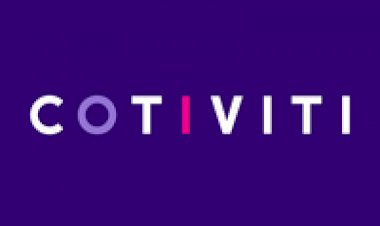
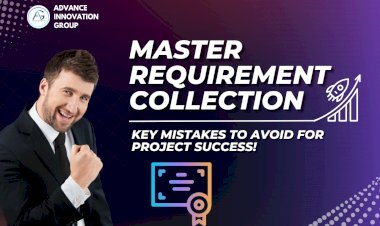

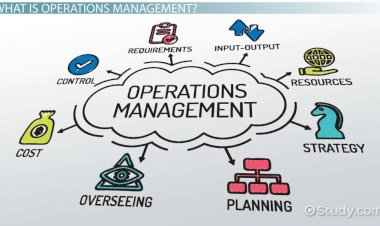
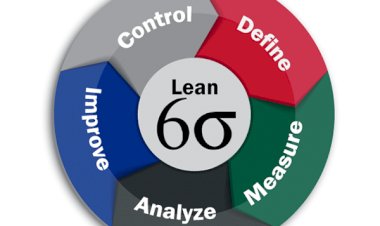

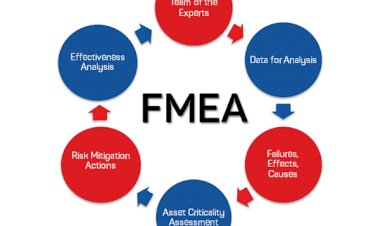
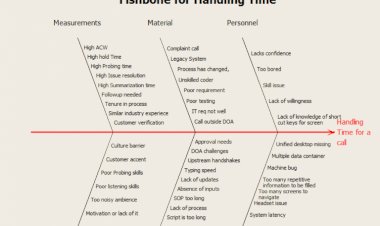

Comments (0)
Facebook Comments